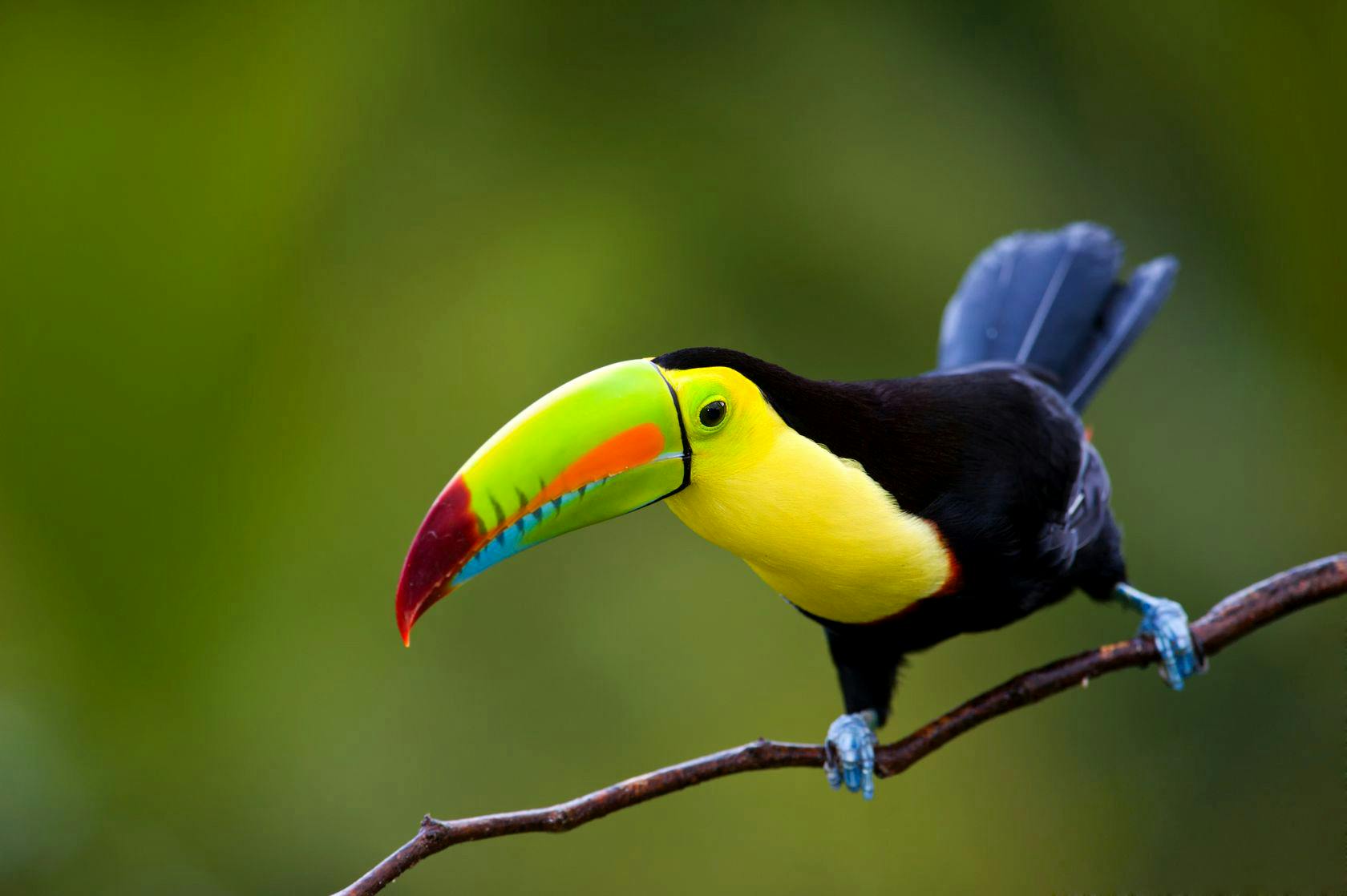National Bird Day is January 5th! If you’re an avid birder, you may already be aware of this avian celebration. For those who dabble in birdwatching, this is a wonderful opportunity to learn more about our feathered friends, particularly those you might see on a MT Sobek adventure.
Today, we’ll peek at our beaked buddies in the Galapagos, Costa Rica, Tanzania and Botswana. But first, in honor of National Bird Day, we offer five strange, but true facts about birds that just might come in handy during your next trivia night.
Overview
Did You Know?
- If the average male had the metabolism of a hummingbird, he would need to feast on about 285 pounds of meat per day to survive.
- Cringe-inducing, but true: The Bassian thrush releases gas to scare worms out of hiding before snacking on them.
- Molecular evidence has proven a link between chicken and ostriches, and the T Rex. That makes them the closest modern relatives to this prehistoric therapod.
- Don’t make a crow angry – not only are they exceptionally smart (they can use tools and solve logic puzzles), but they can also differentiate between human faces that are known to be kind and those that have caused them stress.
- Living up to their name, parasitic jaegers, as well as great frigate birds, harass other birds into dropping the food they are about to eat, and then eat it themselves. Sometimes, they steal it directly from the other bird’s mouth!
Moving on … let’s chat about spectacular birding destinations, what birds you’ll find there and some interesting facts about them.
#1. Glimpsing birds in the Galapagos Islands
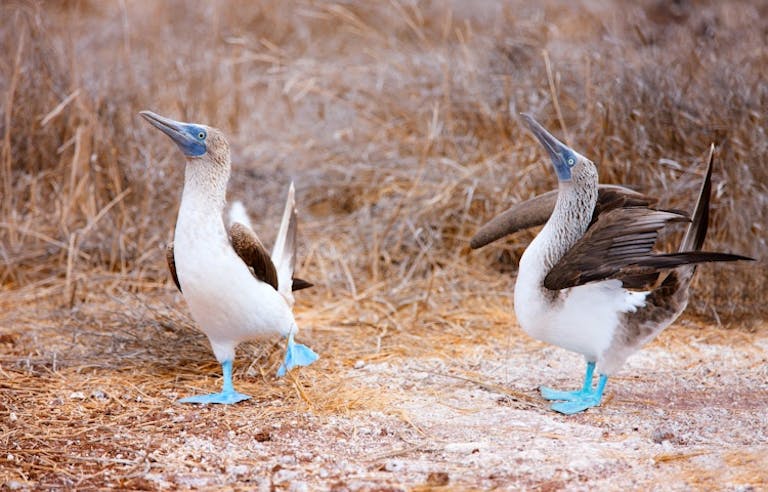
Darwin’s playground brims with birdlife. After all, it has always been easier to fly to the islands, as opposed to the hardships facing a mammal or reptile aiming to get there. Birds, on the other hand, flit back and forth; finches have been carried out to the archipelago during strong storms. Some of those smaller bird species have adapted so well that they’re now endemic to the islands (exclusively found here).
Depending on the time of year you visit, you may glimpse mockingbirds, the short-eared owl, the Galapagos penguin, blue- and red-footed boobies, the greater flamingo and the flightless cormorant – and that’s just a start.
A few fun facts:
- The Galapagos penguin is the only species that lives north of the equator.
- The red-footed booby has great endurance, flying up to 93 miles in search of food.
- The flightless cormorant is the only one of its species that has lost the ability to fly. This is one of the world’s rarest birds, with only about 1,500 estimated in existence. Conservation efforts are underway to protect and conserve the population.
Suggested MT Sobek Trips:
Preview our 11-day Galapagos Adventure Cruise – Eastern Loop here.
Preview our 11-day Galapagos Adventure Cruise – Western Loop here.
GET IN TOUCH
Looking for a
new adventure for 2023?
#2. The Call of Costa Rica
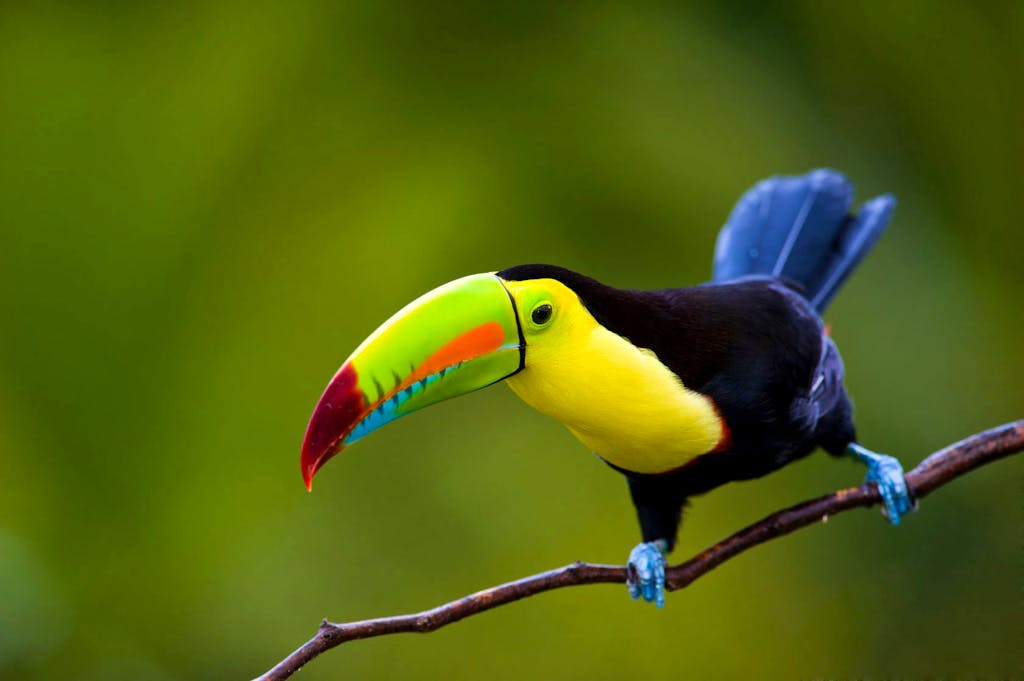
Hoping to check a whole bunch of birds off your life list? Head to Costa Rica, home to more than 850 resident species and migrant birds. Some of the best destinations within the country for birdwatching include Cerro de la Muerte, Drake Bay, Arenal Volcano, Cahuita, the Osa Peninsula and the areas along the Nicaraguan and Panamanian borders.
Look for rare green macaws in Tortuguero National Park, jabiru storks in the Caño Negro Wildlife Refuge, and quetzals and hummingbirds in the Monteverde Cloud Forest Biological Reserve. To widen your bird-spotting chances, go rafting on the Corobicí and Bebedero rivers or hike in any of the country’s lush cloud forests.
A few fun facts:
- The number of bird species found in Costa Rica is more than all of those found in North America (and Costa Rica is half the size of Kentucky!).
- The resplendent quetzal’s tail feathers were considered a symbol of wealth by Aztec and Mayan cultures – they used them as currency.
- The turquoise-browed motmot, which is common in Costa Rica, doesn’t build nests in trees – instead it digs burrows next to roads and streams.
Suggested MT Sobek Trips:
Preview our 8-day Costa Rica Tortuguero, Pacuare & Arenal Multi-Adventure here.
#3. Tanzania “Twitching”
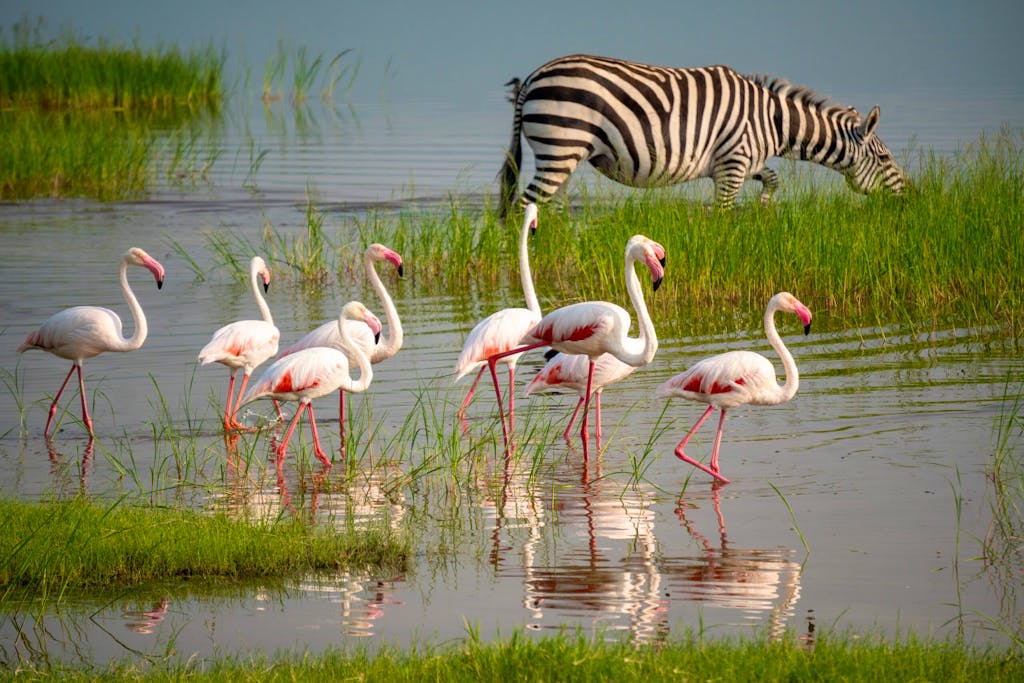
If you’re a true twitcher, in search of a new or rare species, let us introduce you to birdwatching in Tanzania. If you thought Costa Rica was a mecca for birders, consider that this East African country, home to Serengeti National Park, boasts more than 1,380 bird species.
Bird species are vast and varying here, thanks to the diversity of climate and landscape. From the truly rare shoebill to the ever-present marabou, from the huge Marshall eagle to the tiny sunbird, the winged wonders are outstanding in these parts.
A few fun facts:
- Tanzania’s ancient Eastern Arc Mountains are one of the last remaining places on Earth to see truly endemic species and some completely new ones.
- Despite a rather inhospitable climate, the lesser flamingo gathers by the millions (about 2.5 million, in fact!) each summer at Lake Natron in the famous Rift Valley Lakes area north of the Ngorongoro Crater.
- Sunbirds can’t stop and smell the flowers … they have no sense of smell. These delicate birds just use their eyesight when foraging for foliage.
Suggested MT Sobek Trips:
Preview our 11-day Tanzania Ultimate Serengeti Active Safari here.
#4. Birding in Botswana
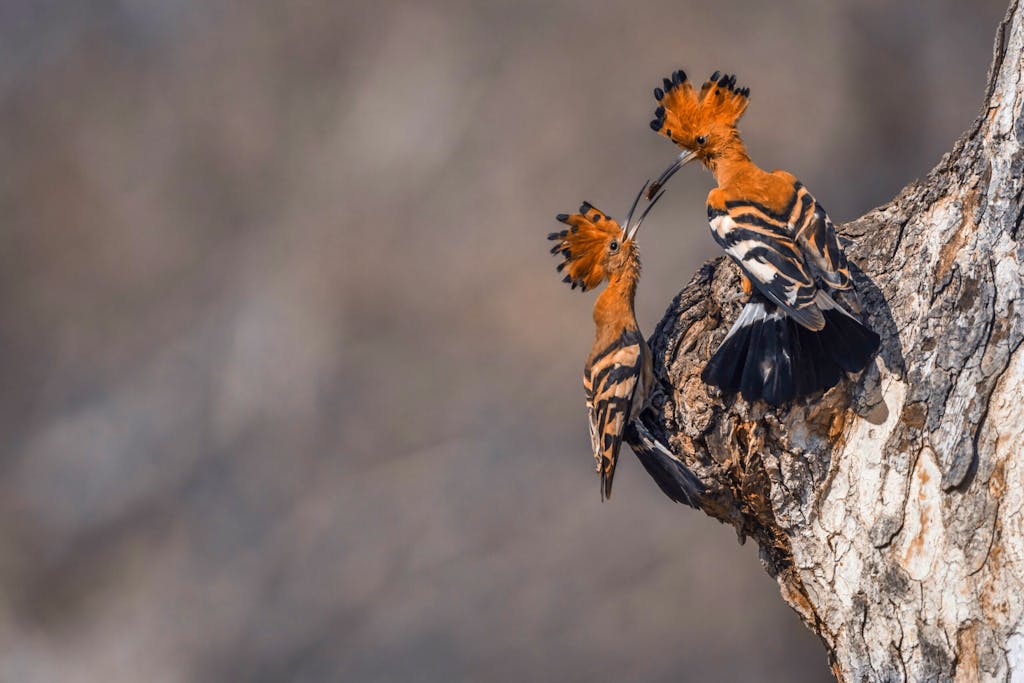
Lesser known as a birding destination than other areas, Botswana is coming into its own on this front. There are a number of threatened and endangered species here, making Botswana particularly of interest to avid birders seeking something new.
Hear the distinctive call of a woodland kingfisher, signaling the arrival of summer, or watch as the wattled cranes, storks, herons and egrets descend upon an area near the Okavango Delta, when floodwaters are in the forecast. Rare birds in Botswana, in addition to the wattled crane, include slaty egrets, the white-backed night heron, Pel’s fishing owl and the African skimmer.
A few fun facts:
- The African swift is, indeed, super fast. Its long, curved wings helps it fly up to 62 miles per hour – a good trick when being chased by a large falcon, one of its top predators.
- Sure, pigeons are found worldwide (except in cold areas), in addition to in Botswana, but did you know they’re the only non-mammals who can recognize their reflection in a mirror?
- Swifts are quick in the air, but non-flying ostriches take the medal on the ground as the fastest funning birds in the world. They run long distances at about 35 miles per hour and sprint at up to 43 miles per hour.
Suggested MT Sobek Trips:
Preview our 9-day Botswana Classic Safari Private Adventure here.
Conclusion
Ready to get birding? MT Sobek runs trips in all of these destinations, as well as the bird-rich Baja, Uganda, South Africa, Mongolia, and Sichuan, China. Get inspired by perusing our free MT Sobek catalog, then join us for an epic adventure.
Ask an Expert
We want you to have the best adventure, so don’t hesitate to call our expert team of adventure specialists at 800-974-0300 to learn more. Or click the button to use our online contact form.
